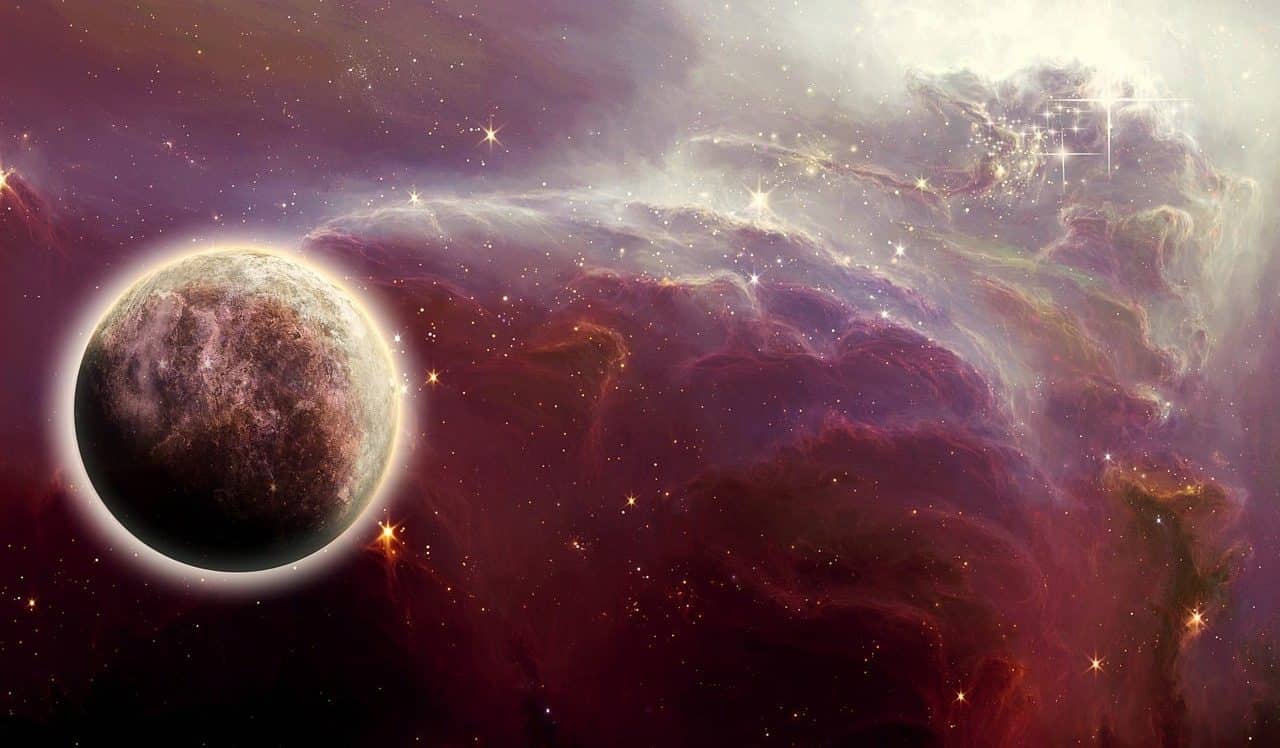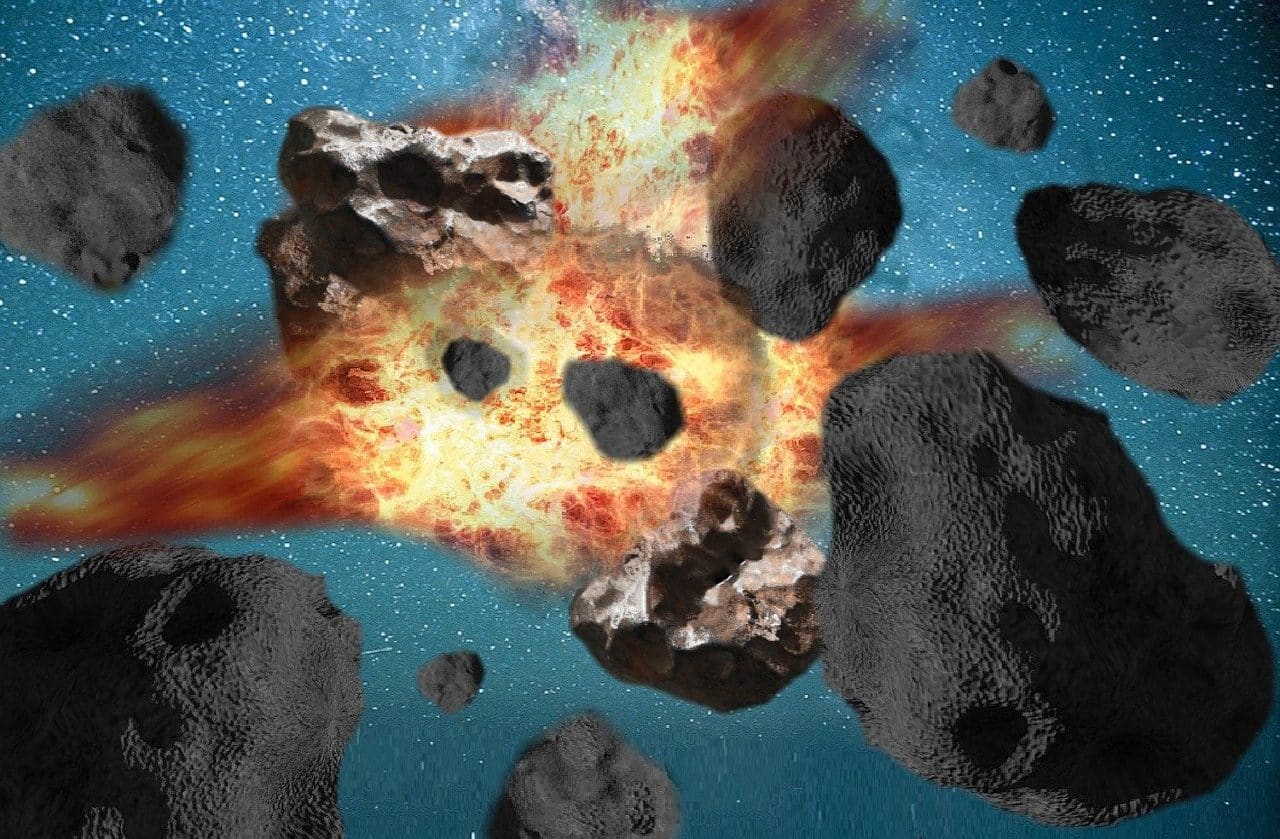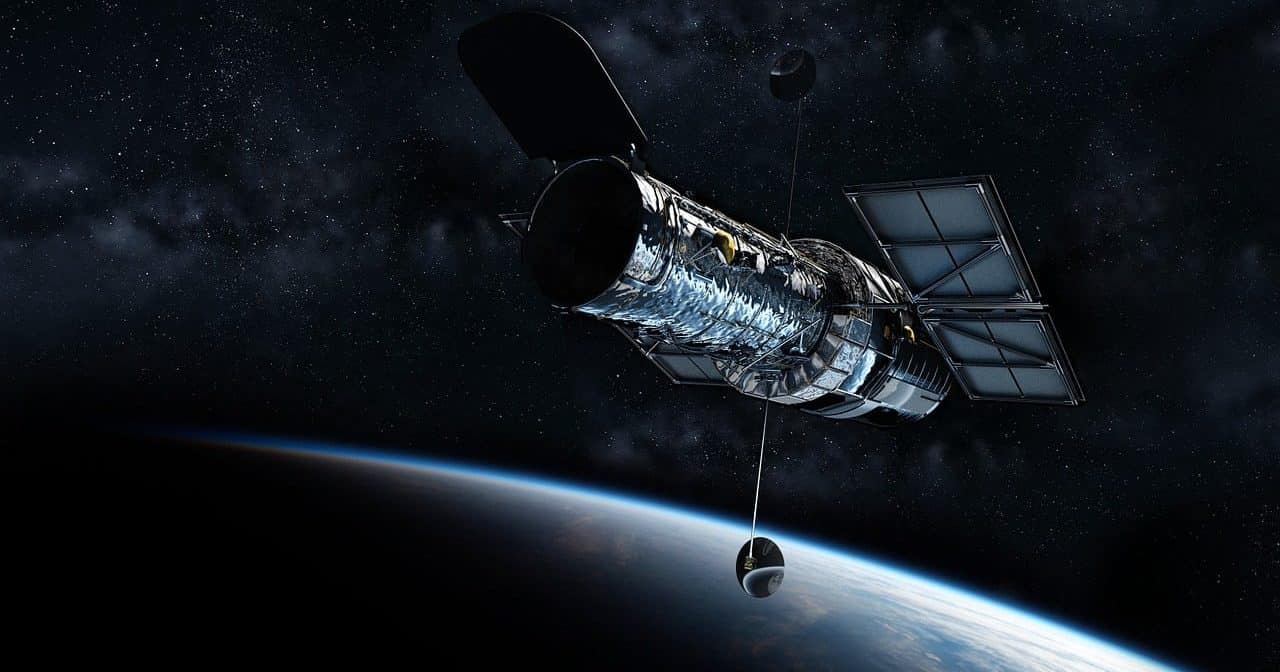
The Hubble constant is useful for measuring, or estimating, the rate at which the universe is expanding.
The Hubble constant is a piece of information that originally appeared in the mathematical expression of the so-called Hubble law with a fixed value assigned. Over time, several scientists have replaced the idea of constant with the concept of Hubble parameter since, according to relativistic cosmological models , it is a number that, although slowly, underwent variations with the passage of time. the years.
As has been analyzed, this value can be increased or decreased depending on the sign that identifies the deceleration parameter .
It is important to note that no absolute agreement has been reached regarding the age of the universe (or Hubble period ). At one time it was estimated that the deceleration parameter had a positive sign and indicated that the expansion of the universe was slowing down due to gravitational attraction . At the end of the '90s, however, the possibility that the sign of the parameter was negative became relevant, leading to conjecture that, in truth, the universe is older than previously believed.
Controversies surrounding the Hubble constant
Controversies surrounding the Hubble constant persist to this day.
Decades ago, for example, the American astronomer Allan Rex Sandage disagreed with his French colleague Gérard de Vaucouleurs regarding the value that the aforementioned constant had for each of them.
The Lambda-CDM model (a standard cosmological model of the Big Bang ) partially resolved doubts in this regard, since the constant was assigned a value close to 70 km/s/Mpc. The calculation is a consequence of the adaptation of this model to the observation of clusters with high redshift and the measurements of anisotropies associated with cosmic microwave background radiation , for example.
In 2001, thanks to the use of the Hubble space telescope , greater accuracy was obtained and the mark was further improved by using, seasons later, a NASA probe named WMAP .
In 2006, meanwhile, a team using the Chandra X-ray observatory determined that the Hubble constant had, admitting an uncertainty close to 15 percent, a value of 77 km/s/Mpc.
The astrophysicist Adam Riess , who in 2011 together with colleagues won the Nobel Prize in Physics , also addressed this issue. After analyzing observations from both the James Webb and Hubble space telescopes, he was able to ensure that the value that refers to the expansion speed of the universe is different from that obtained by measuring the rate of the early universe and that the acceleration is surely caused by an enigmatic dark energy . In this context it is necessary to give visibility to a discrepancy, still being investigated, that current cosmology specialists named the Hubble tension .

The standard cosmological model centered on the idea of the Big Bang is nourished by theories of cosmic inflation that seek to provide an explanation for the rapid expansion of the universe.
Edwin Hubble
After referring above to a telescope, a constant, a law and a parameter , among other issues, which have a common surname, it is appropriate to remember who Edwin Hubble was and what scientific contributions he made, the man whose identity has been immortalized and honored in equipment, variables, etc.
He is an American who became one of the most outstanding astronomers of the 20th century.
He was the one who managed to experimentally demonstrate a theory about the expansion of the universe that had been proposed by the astronomer, mathematician, professor and priest Georges Lemaître . This expert of Belgian origin was the first to draw up the guidelines of the postulate that became popular as the Hubble-Lemaître law and disseminated the estimate that served as the seed for the Hubble constant .
Hubble , in his early days as a researcher, focused his attention on nebulae . Over time, accompanied by Milton Humason , he gave content to the so-called Hubble law . This material, useful to give a framework to the Big Bang (the great explosion that could have marked the beginning of the universe), is considered the first of the observational evidence linked to the expansion of the universe . This expert also found an asteroid that was cataloged as (1373) Cincinnati .

The James Webb and Hubble telescopes provide data that is used to measure the Hubble constant.
Hubble constant and cosmological constant
In 1917, a time in which the idea of a relativistic conception of the universe prevailed, Albert Einstein , seeking to arrive at a solution or explanation for a static universe model, proposed the popularly mentioned cosmological constant . General interest in it was renewed many years later, specifically with the discovery of cosmic acceleration .
To calculate the value of the cosmological constant, both the Hubble constant and the estimated density ratio for dark energy and the speed of light are considered. The most precise values, multiple experts believe, are those that could be established based on measurements provided by the Planck satellite .
